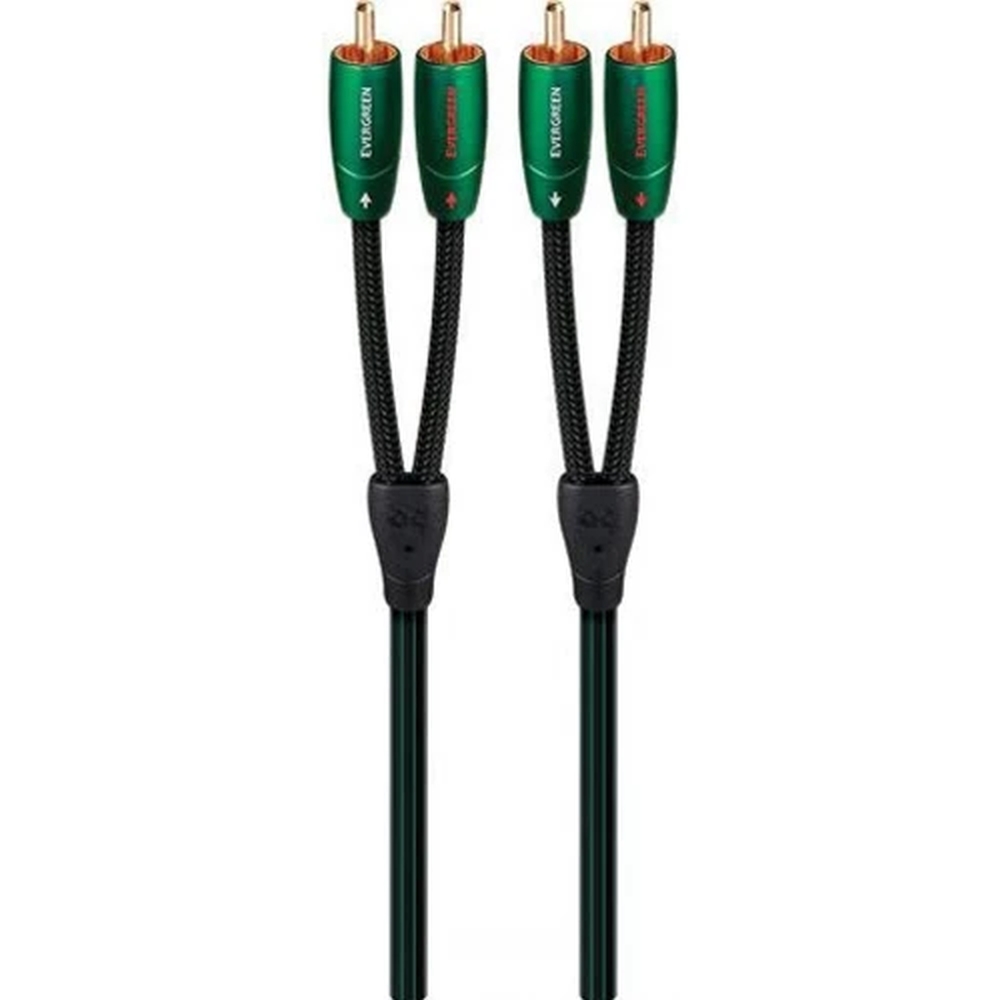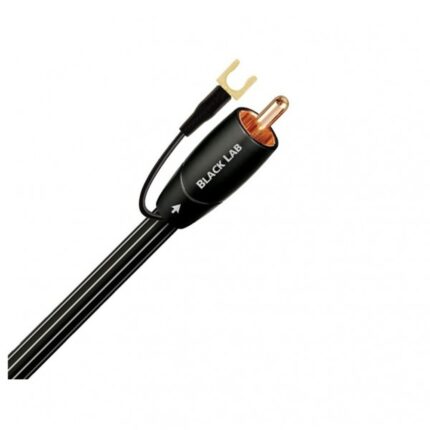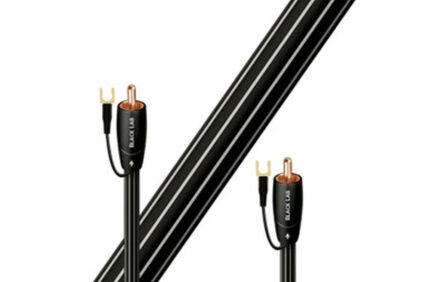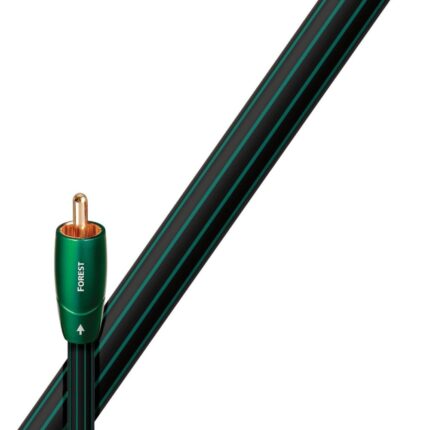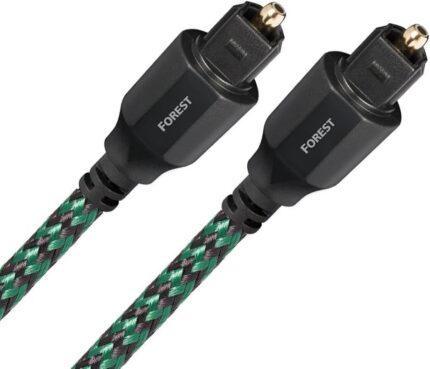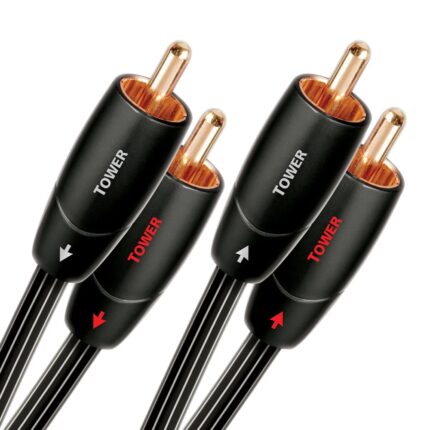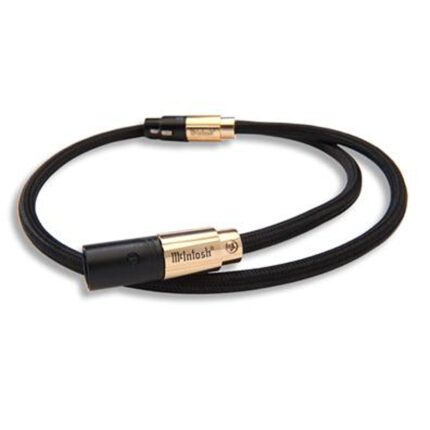
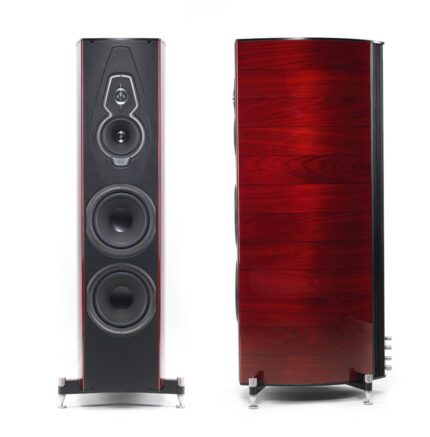
AUDIOQUEST EVERGREEN 1.0m RCA-RCA
3.990 ден
Connect a wide range of audio electronics with this AudioQuest Evergreen RCA analog interconnect, meticulously designed for outstanding flexibility and versatility. Solid Long-Grain Copper (LGC) conductors minimize distortion, Foamed-Polyethylene insulation preserves dynamic contrasts, and a Metal-Layer Noise-Dissipation efficiently dissipates high-frequency noise for cleaner, clearer, more naturally beautiful music.
Нема на залиха
Информирајте ме на email кога производот ќе го има на залиха
AudioQuest Evergreen
Solid Long-Grain Copper (LGC) Conductors
Solid Long-Grain Copper (LGC) allows a smoother and clearer sound than cables using regular OFHC (Oxygen-Free High-Conductivity) copper. Solid conductors prevent strand interaction, a major source of distortion. The surface quality is critical because a conductor can be considered as a rail-guide for both the electric fields within a conductor, and for the magnetic fields outside the conductor. LGC has fewer oxides within the conducting material, less impurities, less grain boundaries, and definitively better performance.
Metal-Layer Noise-Dissipation
It’s easy to accomplish 100% shield coverage. Preventing captured radio-frequency interference (RFI) from modulating the equipment’s ground reference requires AQ’s Noise-Dissipation. Traditional shield systems typically absorb and then drain noise/RF energy to component ground, modulating and distorting the critical ‘reference’ ground plane, which in turn causes a distortion of the signal. Noise-Dissipation ‘shields the shield,’ absorbing and reflecting most of this noise/RF energy before it reaches the layer attached to ground.
Foamed-Polyethylene Insulation
Any solid material adjacent to a conductor is actually part of an imperfect circuit. Wire insulation and circuit board materials all absorb energy. Some of this energy is stored and then released as distortion. Because air absorbs next to no energy and Polyethylene is low-loss and has a benign distortion profile, Foamed-PE, with its high air content, causes much less of the out-of-focus effect common to other materials.
Asymmetrical Double-Balanced Geometry
Purpose designed for single-ended applications, Asymmetrical Double-Balanced Geometry offers a relatively lower impedance on the ground for a richer, and more dynamic experience. While many single-ended cable designs use a single path for both the ground and the shield, Double-Balanced designs separate the two for cleaner, quieter performance.
Cold-Welded, Gold-Plated Terminations
This plug design allows for a connection devoid of solder, which is a common source of distortion. Instead of solder, the process employs a high-pressure technique. Because the ground shells are stamped instead of machined, the metal used can be chosen for low distortion instead of machinability.

